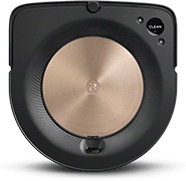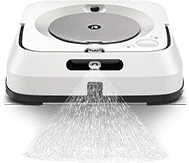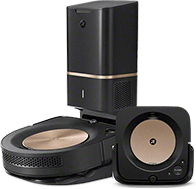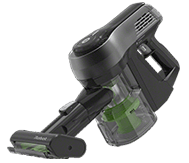Do Air Fresheners Impact Your Indoor Air Quality
We’ve all been spending a lot more time at home this winter. That means more binging TV shows, more home-cooked meals, and more time with the family. But, having everyone home all the time can also mean more garbage, more dirty clothes lying around, and more stinky smells.
If we have to spend so much time at home, we want to make it as enjoyable as possible. One of the best ways to make your home feel cozy and inviting is to keep it smelling fresh. Obviously, maintaining a clean home is the most effective way to keep it smelling good, but even the cleanest homes can have unpleasant odors crop up from time to time.
If you want to get rid of bad smells in your home, there are two ways to deal with them: Cover them or remove them.
What’s wrong with covering up stinky smells?
Maybe the smell of lilacs reminds you of your childhood or the smell of the ocean makes you feel calm. Air fresheners and sprays are quick, easy ways to make your home smell any way that you like. In fact, nearly 75% of US households use air fresheners.
But, while the fresh smell of air fresheners may make you think your air is clean, the truth is that air fresheners emit chemicals that can lower your air quality.
One of the major problems with air fresheners is that many of the ingredients are not disclosed. What we do know is that air fresheners have been indicated as a primary source of volatile organic compounds (VOCs) within buildings.
What if you use an air freshener that doesn’t plug in?
Can you get the benefits of nice smelling air by using gels or disks or even oil fresheners?
Studies that examined multiple types of air fresheners (e.g., sprays, gels, solids, disks, oils, cartridges, diffusers, evaporators; both active and passive) show that all types of air fresheners have the potential to emit high concentrations of VOCs.
Ok, if I shouldn’t cover up smells, how can I get rid of them?
After identifying and removing the source of the bad smell, the best way to eliminate odors and maintain a consistently fresh smell in your home is to purchase an air purifier. But, not just any purifier. Although a purifier with a HEPA filter is the most effective way to remove particle pollutants from your air, it won’t do much to keep your home smelling good.
To remove gasses and unpleasant odors, look for a purifier that uses an activated carbon filter.
How does an activated carbon filter work?
Carbon filters use activated charcoal to remove gas and odors. Activated charcoal is charcoal that has been heated to a very high temperature. When the temperature of the charcoal is raised, the elements and compounds that were bound with the carbon atoms are removed and all the binding sites for carbon become “free” for binding with other molecules and atoms, making activated charcoal much more porous than ordinary charcoal.
The porous nature of activated carbon makes it especially useful in trapping odors and volatile organic compounds in the air through a chemical process called adsorption. During adsorption, the pollutants that enter the filter stick to the outside of the carbon. As long as there is an open adsorption site (and, in activated carbon there are plenty), the pollutants will keep sticking to the carbon.
To keep your purifier working at peak performance, make sure to change the filters regularly, according to manufacturer recommendations.
For a home that smells fresh, look for a high-quality purifier that uses a combination of activated carbon and true HEPA filters.
This post was originally published on December 28, 2020, and was last edited on September 19, 2022.




